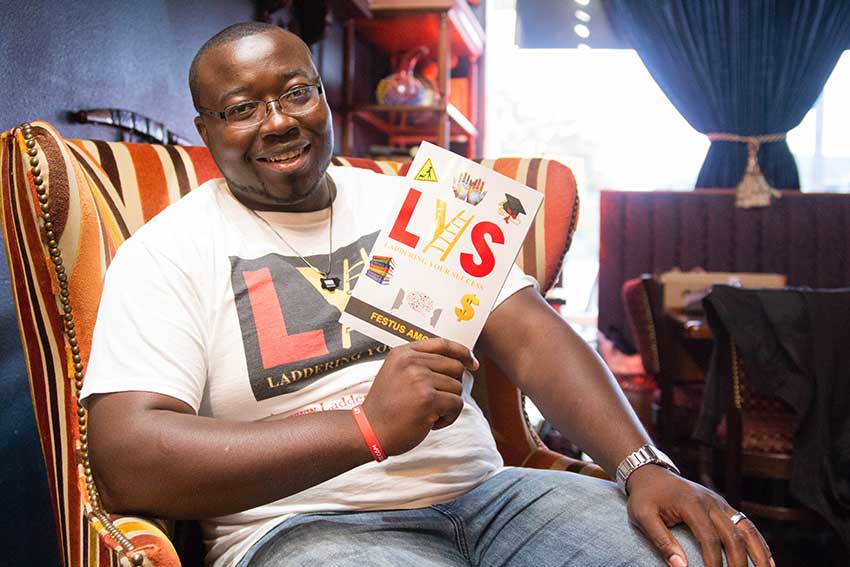How unprepared are our high school graduates for the real world? Let’s start with what we know…
75% of graduating seniors surveyed felt moderately, slightly, or not at all prepared for college or career decisions. 58% of students say their schools haven’t helped them develop strong career skills. In financial literacy, less than half of high school juniors and seniors know how to check their credit scores, maintain a budget, or determine their net pay from a paycheck.
Only 47% of graduates know how to open and manage a checking or savings account. When it comes to academic preparedness, only 40% are fully prepared for college-level reading and writing, with nearly 40% of first-year college students requiring at least one remedial course in math, reading, or writing.
How did we get here?
Skills Gap:
Many schools prioritize standardized testing and academic achievement over practical skills like financial literacy, critical thinking, communication, and collaboration – crucial for success in various careers. This “skills gap” leaves students feeling ill-equipped and uncertain about their futures.
Lack of Instruction:
Most states don’t mandate financial literacy education, leaving many students without essential knowledge on managing budgets, taxes, credit, and debt. Traditional financial education often lacks practical application, failing to equip students with skills to navigate real-world financial scenarios.
Inconsistent Curriculum:
Variations in curriculum and rigor across schools can leave some students unprepared for the academic demands of college. Students requiring additional academic support may not receive adequate resources or personalized attention, widening the preparedness gap.
How do we fix it?
Create Opportunities for Practical Skills:
This isn’t just about adding more classes. We need to connect real-life applications to existing subjects. Imagine students using math skills to create budgets, practicing communication through mock job interviews, or learning collaboration while volunteering in their communities. These experiences bridge the gap between theory and practice, preparing students for real-world challenges.
Find the Best Curriculum and Stick With It:
Instead of chasing trends or cost-cutting measures, let’s find and implement curriculums that meet students’ needs. Let’s prioritize a well-rounded education that equips them with foundational skills while offering diverse elective choices based on individual interests and aspirations. This consistency and focus ensure every graduate possesses the core knowledge and flexibility to thrive in different fields.
Look for Holistic Ways Students Can Express Themselves:
Beyond academics, we need to support emotional and mental well-being. Programs that encourage self-discovery, provide guidance and resources, and foster family support can empower students to make informed decisions about their futures. Remember, well-rounded individuals are better equipped to handle life’s challenges and contribute meaningfully to the world.
I don’t say these things to bash the education system. I know countless educators doing incredible work, creating opportunities for students to learn effectively. However, the problems persist. We have to ask ourselves, how bad does it have to get before we say, “enough is enough”?
It’s time to act. Let’s work together to bridge the skills gap, prioritize financial literacy, and ensure a consistent, well-rounded education for all. By equipping our graduates with the necessary tools and knowledge, we can transform their transition from high school to the real world from a daunting leap into a confident stride toward a brighter future.
If this article touched you, visit Laddering Your Success for expert guidance in bridging the skills gap, prioritizing financial literacy, and ensuring a well-rounded education for all high school graduates. Their team has a desire to empower youth for a confident stride toward a brighter future.
Remember, this is just the beginning. Let’s keep the conversation going! Share your thoughts and ideas in the comments below.




